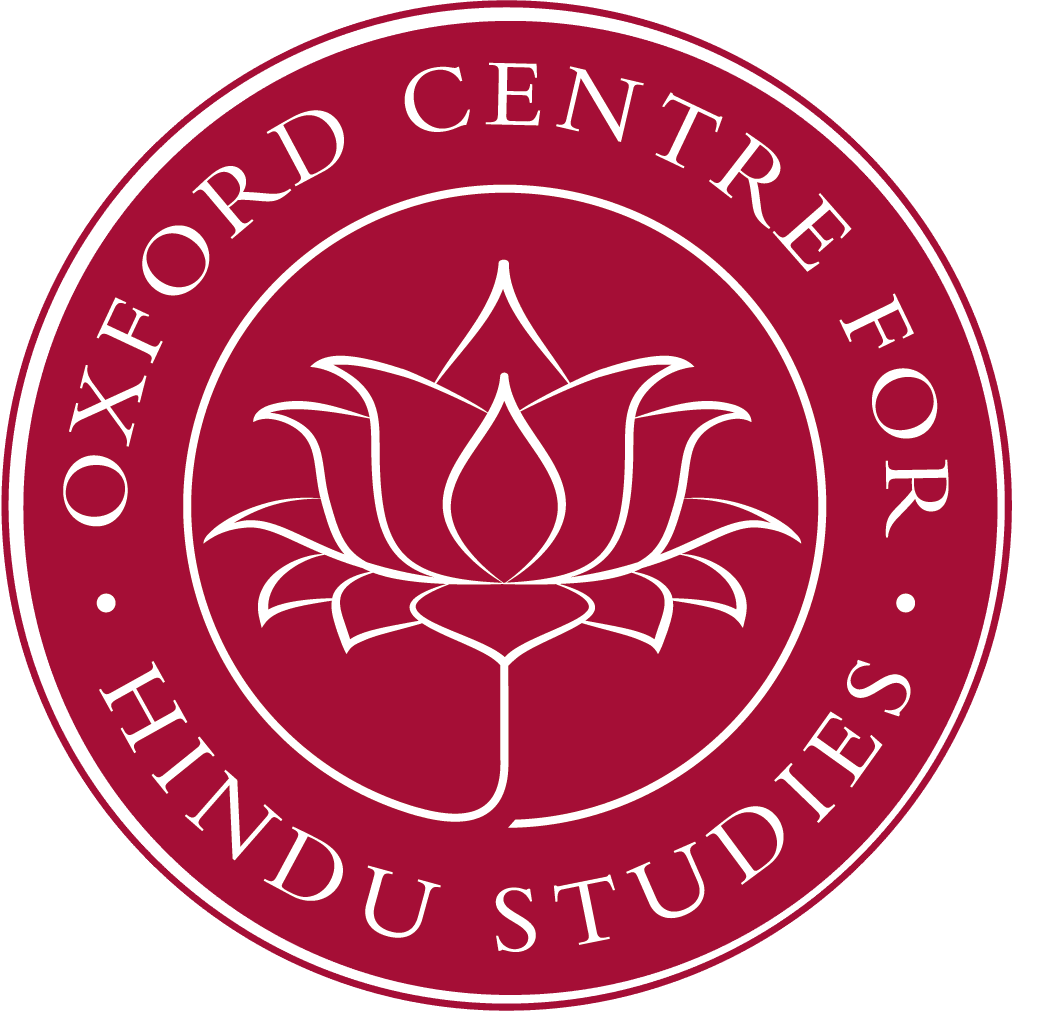Archives: Lectures
Coins and icons: Vaishnava imagery on Indian coins
Shailendra Bhandare from the Ashmolean Museum speaks on “Coins and Icons: Vaishnava Imagery on Indian Coins”
What’s a Hindu?
What’s a Hindu?: The term ‘Hindu’, where it comes from and what it represents. Looking at the fundamental principles, values, culture that we may call Hindu.
What’s a Hindu?
What’s a Hindu?: The term ‘Hindu’, where it comes from and what it represents. Looking at the fundamental principles, values, culture that we may call Hindu.
Graduate Seminars (Session Two) (HT 14)
Hinduism in Himachal Pradesh
Shriya Gautam, M.St. in Archaeology, Oxford
Hinduism is the main religion of Indian Subcontinent that combines the philosophies of various ancient religions with the various tenets prescribed in the four Vedas and other scared texts like Upnishads, Epics and the Puranas. In the larger part of the subcontinent, the religion has evolved from the historic pagan religion that worshipped various forces nature to a polytheistic religion with over 370 million gods and goddesses out of which Vishnu, the God of Preservation; Shiva, the God of Death and Devi, the Mother Goddess remain prominent. In Himachal Pradesh, however, a lot of local traditions combine with mainstream Hinduism to form a composite religion which worships Vedic Gods along with Puranic Gods. This paper attempts to examine the nature of Hinduism in Himachal Pradesh and study how it differs from Hinduism in the rest of subcontinent.
Arthaśāstric Fortifications in Early Historic to Early Medieval South Asia
Ken Ishikawa, Wolfson College, Oxford
The second urbanization of South Asia during the Early Historic period saw the emergence and development of fortified settlements predominantly concentrated in the Gangetic valley. F. R. Allchin (1995) approached the morphology of Early Historic fortifications with the aid of the normative text called the Arthaśāstra, that instructs the construction of fortifications. This paper follows his methodology by attesting further textual parallels, but also questions his unconditional acceptance of the Arthaśāstra as an ‘Early Historic’ text. Accordingly, both Early Historic fortifications with different morphological features and applicable texts are put into chronological and geographical contexts. My archaeological/literary investigation gives a new insight into the pre-Mauryan origin of the norms of fortification transmitted in the Arthaśāstra, despite the disputed date of its compilation ranging between Mauryan and Gupta periods. This tells us that the science of fortification in the Arthaśāstra was rather documentary than innovative. I further link Early Historic fortifications with the Solanki fortifications of Early Medieval Gujarat, that have been heavily influenced by the Arthaśāstra.
Hindu Views of the Self and its Goals – Four Theories (HT 14)
Drawing on Clifford Geertz’s understanding of religion as a ‘worldview’, the seminar series explore key themes in Hinduism and looks at the way in which crucial conceptual ‘translations’ are needed to understand Hindu culture properly from without, and asks whether it is possible to derive critical and hermeneutic ‘theory’ in religious studies from Indic material. One of the goals will be to challenge the hegemony of Western-derived ‘theories’ of religion, culture, and human nature.
Elementary Sanskrit: Week Four (HT 14)
The course continues an introduction to Sanskrit for the preliminary paper in Elementary Sanskrit. The class is designed to introduce students of Theology and Religion to the basics of the Sanskrit grammar, syntax and vocabulary. By the end of the course students will have competency in translating simple Sanskrit and reading sections of the story of Nala. The course book is Maurer’s The Sanskrit Language.
